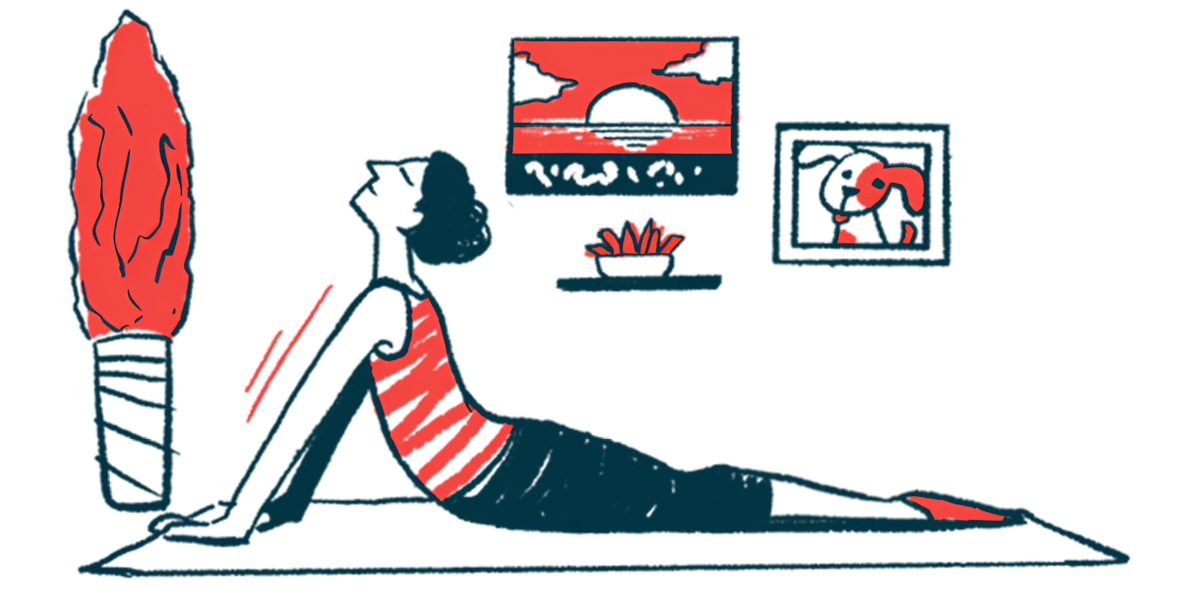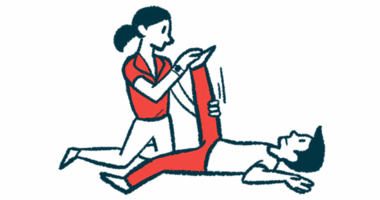Different exercises may ease specific Parkinson’s symptoms
Study: Tailoring interventions to patient symptoms and severity is beneficial

Different types of exercise can have different effects on Parkinson’s disease, a study suggests. For instance, tai chi or at-home bodyweight strength training can improve motor function, while tai chi or strength training with elastic bands and dumbbells can help ease freezing of gait.
At the same time, home-based training or yoga improves physical activity capacity, strength training or yoga may enhance balance, and home training or tai chi can boost walking.
“Our results suggest that it is crucial to adopt a personalized approach for choosing exercises by tailoring interventions according to each patient’s specific symptoms and severity,” the researchers wrote in the study, “Comparison of Impact of Various Exercise Modalities on Parkinson’s Disease,” which was published in the Journal of Movement Disorders.
Alongside medications to manage motor symptoms, exercise may be an important part of a treatment plan. Exercises such as aerobic, strength, endurance, and balance training have been reported to ease symptoms. Here, researchers at centers in South Korea studied what types of exercise may work best for specific symptoms and used assessment tools to compare the effects of strength training, tai chi, yoga, and home-based exercises on motor function.
Effect of different exercises on Parkinson’s symptoms
Those who couldn’t visit a testing site were assigned home-based exercises, while those who could visit regularly were randomly assigned to one of the three types of exercises. Strength training involved elastic bands and dumbbells to strengthen the shoulders, chest, back, arms, thighs, calves, and ankles. Tai chi, a low-impact exercise, combines slow, deliberate movements, meditation, and deep breathing, while yoga involves adopting specific postures, alongside breathing control and meditation. Home-based exercises focused on bodyweight strength training to enhance core stability and lower limb strength.
Thirty patients, ages 40-80, were enrolled in each group and all could walk independently to ensure they could exercise safely. The exercise sessions were held twice a week for 60 minutes over 12 weeks, followed by a 12-week period where participants exercised independently.
Outcomes were assessed at the study’s start, and at 12 and 24 weeks, all performed in the on state, that is, when patients had taken Parkinson’s medications and symptoms were adequately controlled. Of the 120 enrolled participants, 99 completed the exercise programs and underwent all the assessments, but some dropped out of each group for a variety of reasons.
Strength training, home exercise and tai chi, significantly improved motor function at 12 and 24 weeks, as indicated by a drop in the MDS-UPDRS Part III scores. Tai chi and strength training also significantly reduced freezing of gait, which is when a patient has a sudden inability to move despite intending to walk, at 12 weeks, but not 24 weeks.
Physical activity significantly improved, particularly in the home exercise group, at 12 weeks using the short physical performance battery (SPPB) assessment, which tests muscle mass, physical performance, fall risk prediction, and functional status. Over 24 weeks, the yoga group showed a marked enhancement in SPPB scores.
Using the Mini-Best test to assess balance and fall risk, significant improvements were seen in the strength exercise and yoga groups at 12 weeks. Home exercise and tai chi significantly lengthened the distance walked in six minutes at 12 weeks, but not at 24 weeks.
To obtain objective measurements, the participants wore a motion sensor during the Time Up and Go (TUG) test, which measures the time it takes to rise from a chair, walk forward, turn, walk back, and sit down. Differences across the four groups were noted, especially in turning.
The yoga group showed a significant decrease in turning duration at 12 weeks, which persisted for 24 weeks. Also at 24 weeks, the turning speed increased in the strength exercise group. At 12 weeks, home exercise and tai chi significantly reduced the total TUG time and walking forward time, yoga improved forward and return movements, while home exercise significantly decreased the sit-to-stand time.
“This study demonstrated that different types of exercise have varying effects on specific symptoms in patients with Parkinson’s,” the researchers wrote.







